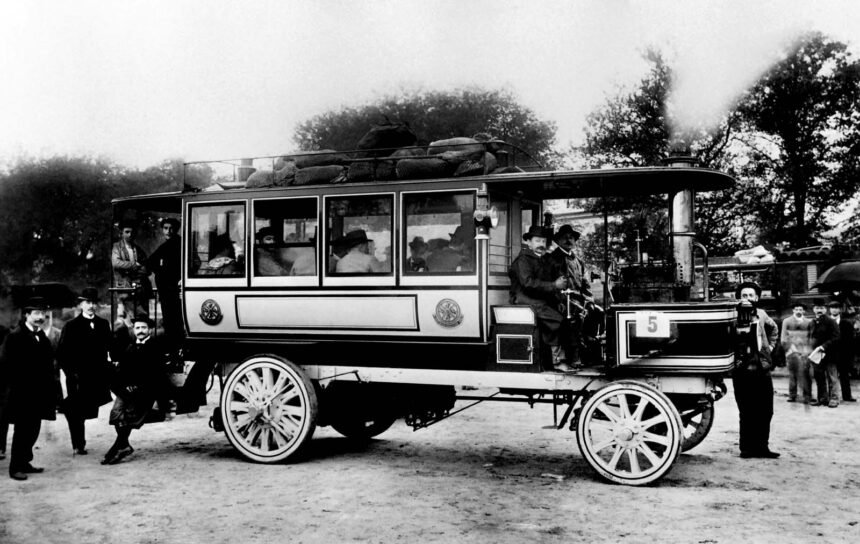The Evolution of Motorised Commercial Vehicles
When considering the history of motorised commercial vehicles, it is easy to assume that they came after cars due to the modest power of early automobiles. However, this assumption is incorrect, as evidenced by the Benz Viktoria of 1893. Despite its single cylinder engine producing just 3hp, this vehicle was used to create the first combustion-engined bus in 1895, followed shortly by the first combustion-engined van.
The roots of motorised commercial vehicles can be traced back even further to the 1830s when steam-powered buses were first tested in London, reaching speeds of around 12mph. Fast forward to 1893, and Autocar was already reporting on the increasing use of steam and petroleum vans for commercial purposes.
In one article, Autocar highlighted the adoption of a petrol-engined Peugeot parcel van by the Grands Magasins du Louvre in Paris. This trial aimed to determine if such vehicles could offer a more economical and efficient alternative to the costly use of carts and horses for deliveries.
Within a year of implementing petrol vans, the price of deliveries at the Louvre had significantly decreased, and the removal of horses from the equation had doubled the city’s traffic capacity by reducing vehicle length. The advantages of motorised commercial vehicles were becoming apparent.
Despite early experiments with steam and electric vans, it was clear that petrol-powered vehicles held the most promise due to their efficiency and cost-effectiveness. Serpollet’s steam vans, while innovative, suffered from limited space for goods due to the bulky machinery.
Electric vans, though promising, faced challenges in terms of range, with early models only capable of traveling around 40 miles on a single charge. The development of motorised commercial vehicles was a process of trial and error, with petrol emerging as the preferred choice for its practicality and performance.
As Autocar noted, the introduction of motorised commercial vehicles revolutionized the delivery and transportation industry, offering speed, efficiency, and cost savings for businesses. The evolution of these vehicles paved the way for modern transportation systems and logistics management.
For more fascinating insights into the history of automotive innovation, visit The Magazine Shop for access to the complete Autocar archive.







